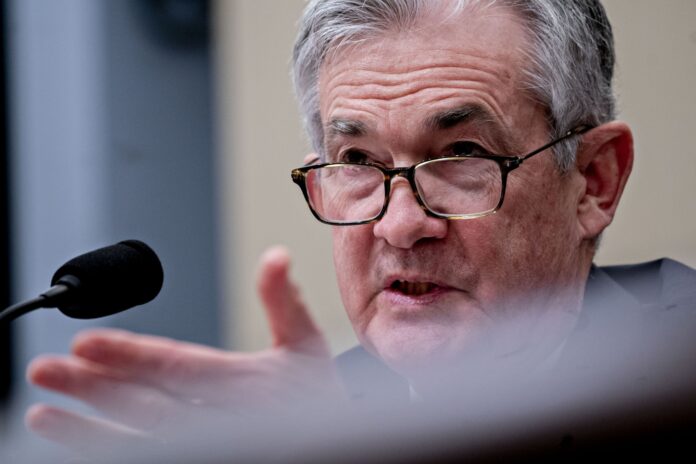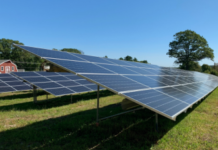
WASHINGTON – Federal Reserve Chairman Jerome Powell called the United States economy a “star” performer and voiced solid confidence that its record expansion will stay on track.
“Our forecast is, and our expectation very much is, one of continued moderate growth,” Powell told the House Budget Committee Thursday in Washington. “The U.S. economy is the star economy these days,” he said during the second day of testimony before Congress. “There is no reason to think that I could see that the probability of a recession is at all elevated at this time.”
Powell’s remarks reinforce the sense that officials have done enough to keep the economy on track after three rate cuts this year, and monetary policy is probably now on prolonged hold as long as the outlook remains favorable.
Central bankers see the moves as insurance against a global growth slowdown and a slump in business investment arising from uncertainty over trade policies. U.S. stock prices have advanced steadily this year and are hovering near all-time highs.
“The Fed has made a major move in 2019 and now it makes sense to wait and see how the economy responds during the fourth quarter here and into 2020,” St. Louis Fed President James Bullard told reporters later on Thursday after a speech in Louisville, Kentucky.
“Even if you got some data that surprised in this environment, you might make the argument we have been preemptive already,” he said, signaling a high bar for another cut.
Investors have got the message. Interest rate futures signal they see rates on hold at least through mid-2020 and another quarter point of easing isn’t fully priced in until September.
The Fed’s latest cut on Oct. 30 lowered the target range for its benchmark policy rate to 1.5% to 1.75%. Some U.S. central bankers have voiced discomfort with rates this low with unemployment around a 50-year trough of 3.6%, citing financial stability concerns.
But Powell played down the risks of an overheated economy. He said this expansion was “notable” for its lack of sectors that are “really hot” such as the technology sector or housing markets during the last two business cycles.
“I would say this expansion is on a sustainable footing,” Powell said. “We don’t see the kinds of warning signs that appeared in other cycles yet.” The same goes for financial markets, which “don’t have this notable build-up of leverage broadly across the economy, which is troubling from a financial stability standpoint.”
“There is no reason why it can’t last, at the risk of jinxing us, in principle there is no reason to think that I can see that the probability of a downturn is at all elevated,” Powell said.
Fed and private economists project continued growth for the next two years. Economists surveyed by Bloomberg forecast growth of 1.8% and 1.9% in 2020 and 2021, while Fed officials forecast 2% and 1.9%, according to their median estimate in September.
Dallas Fed chief Robert Kaplan agreed, saying in Stephenville, Texas, that the U.S. has a good chance for 2% economic growth next year with consumers in good shape and the labor market very tight.
Craig Torres, William Edwards and Steve Matthews are reporter for Bloomberg News.












